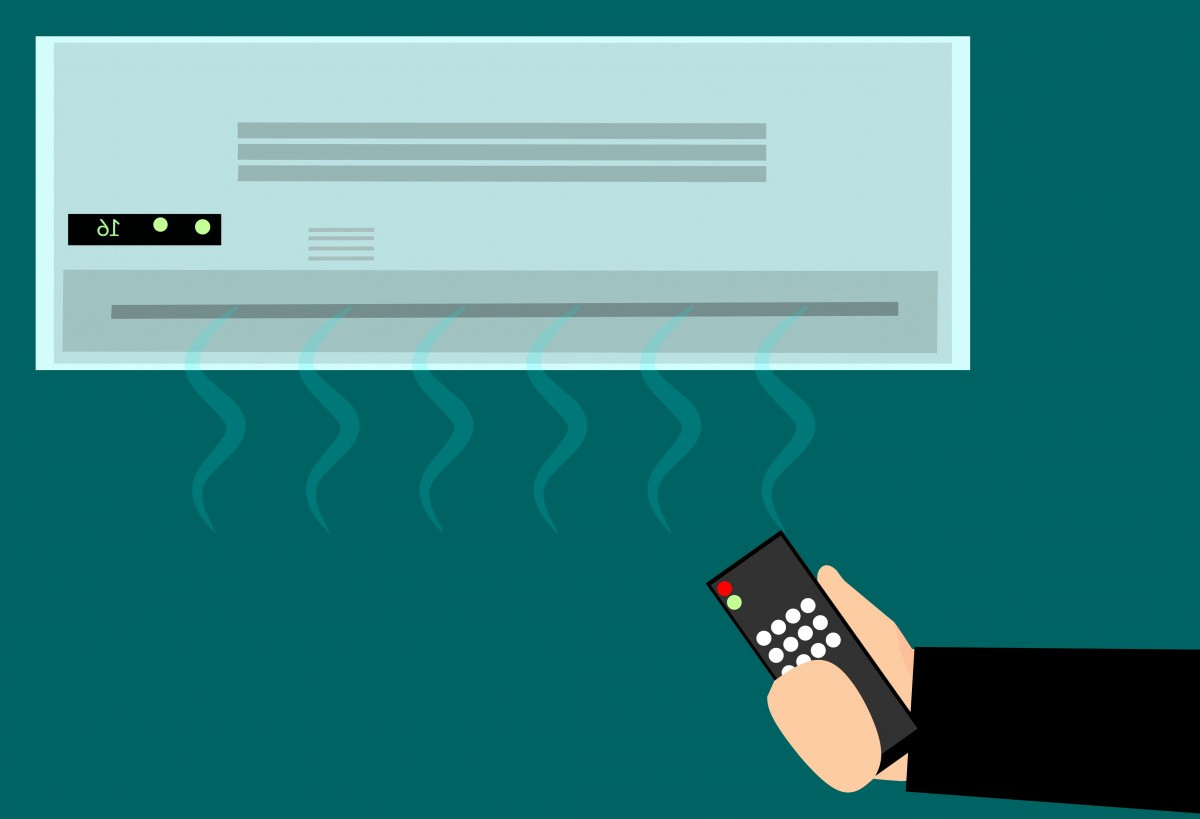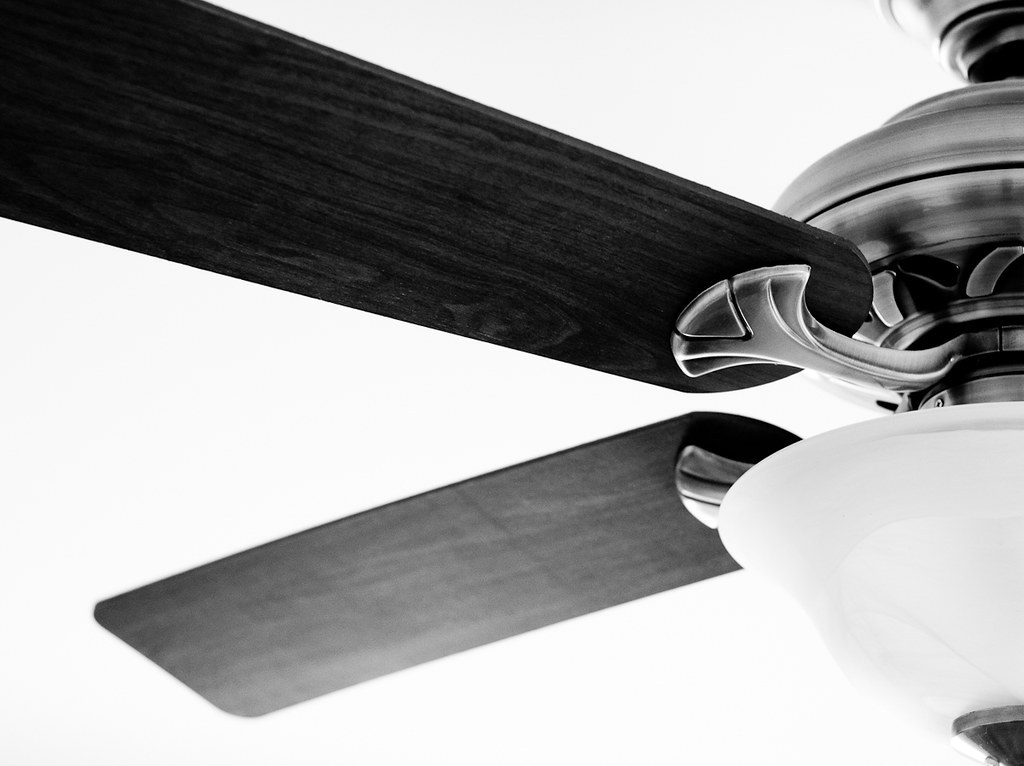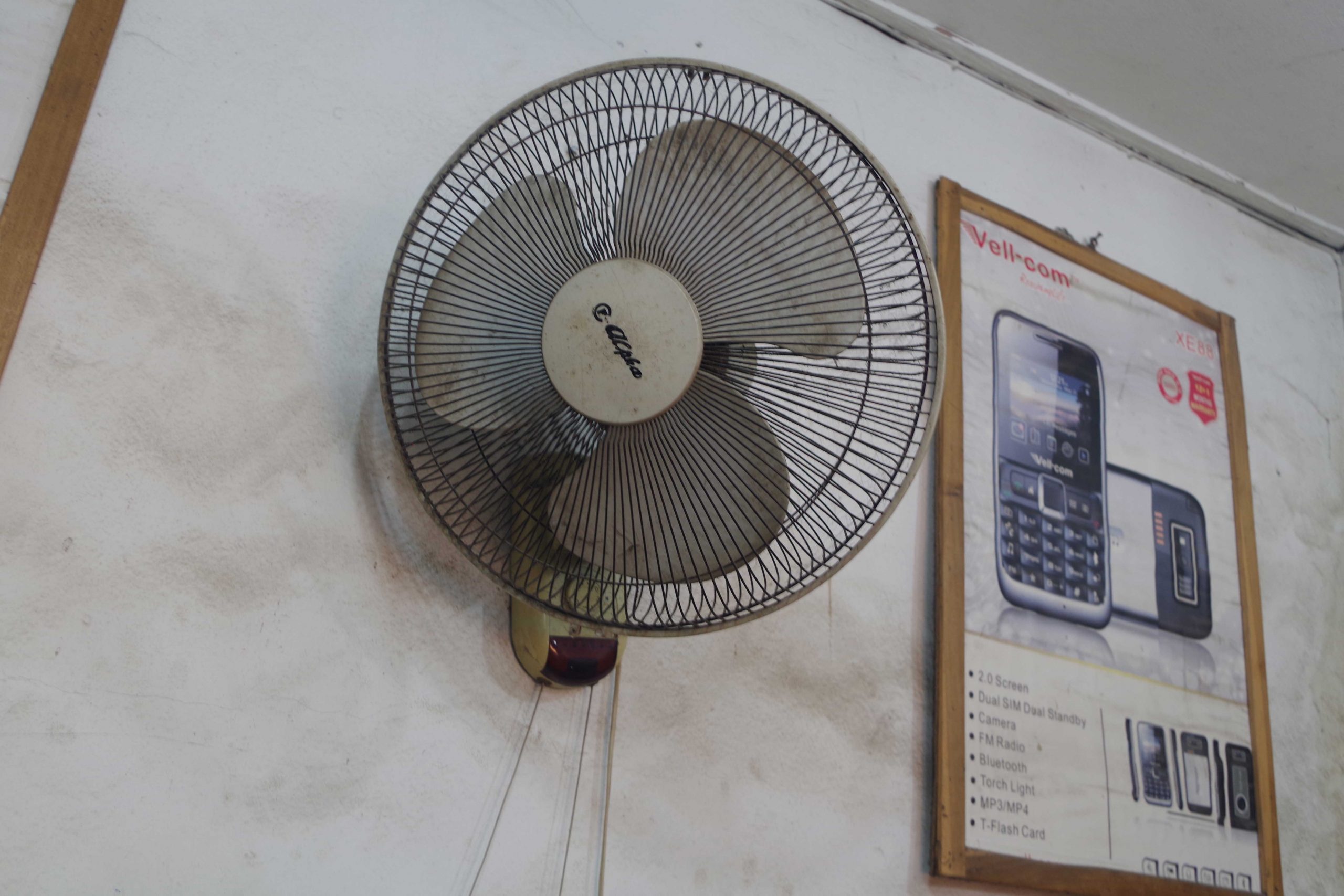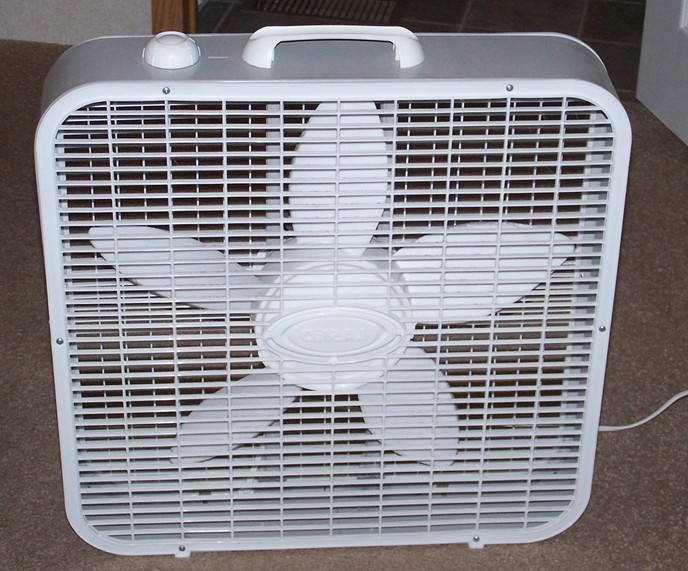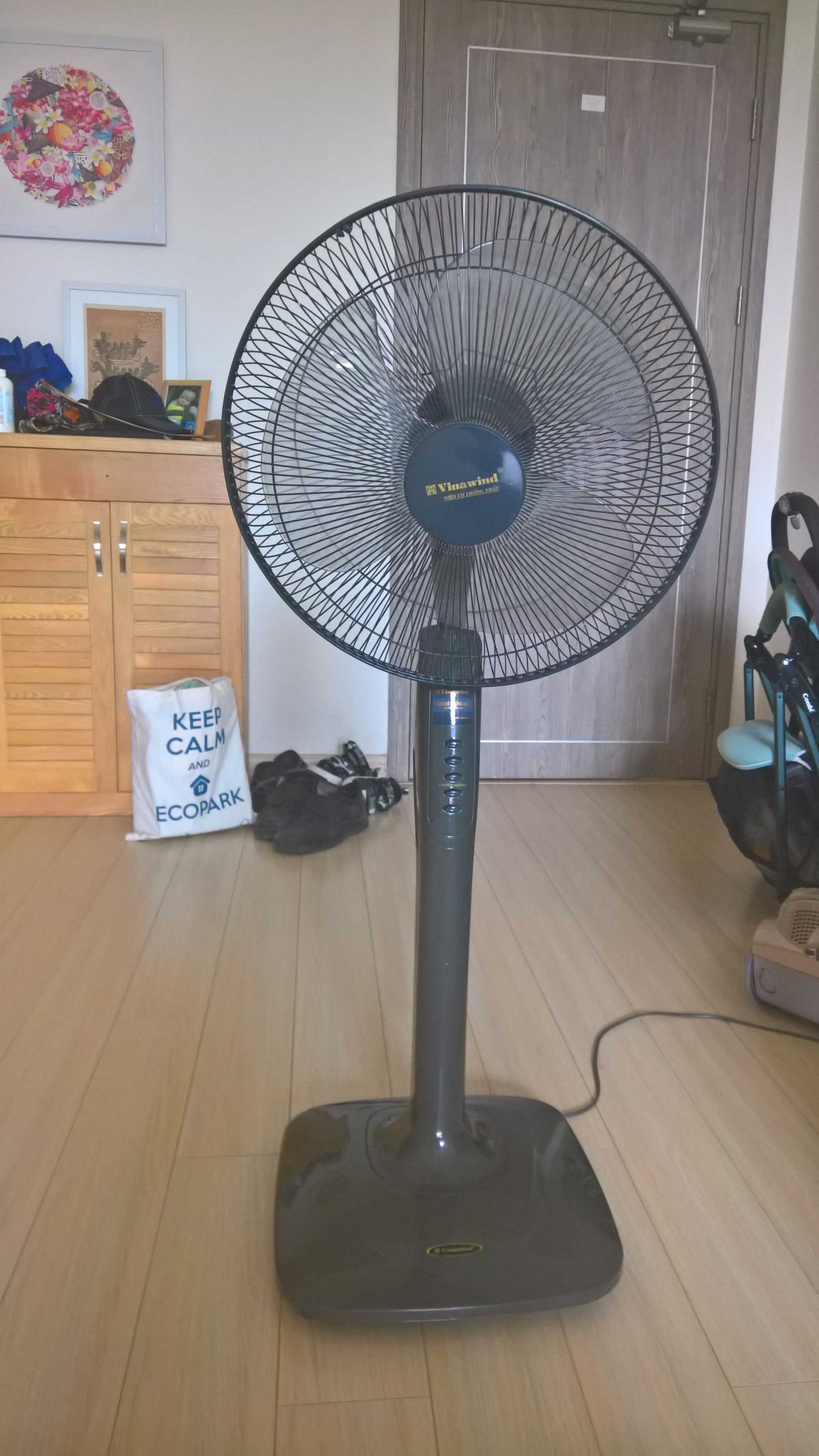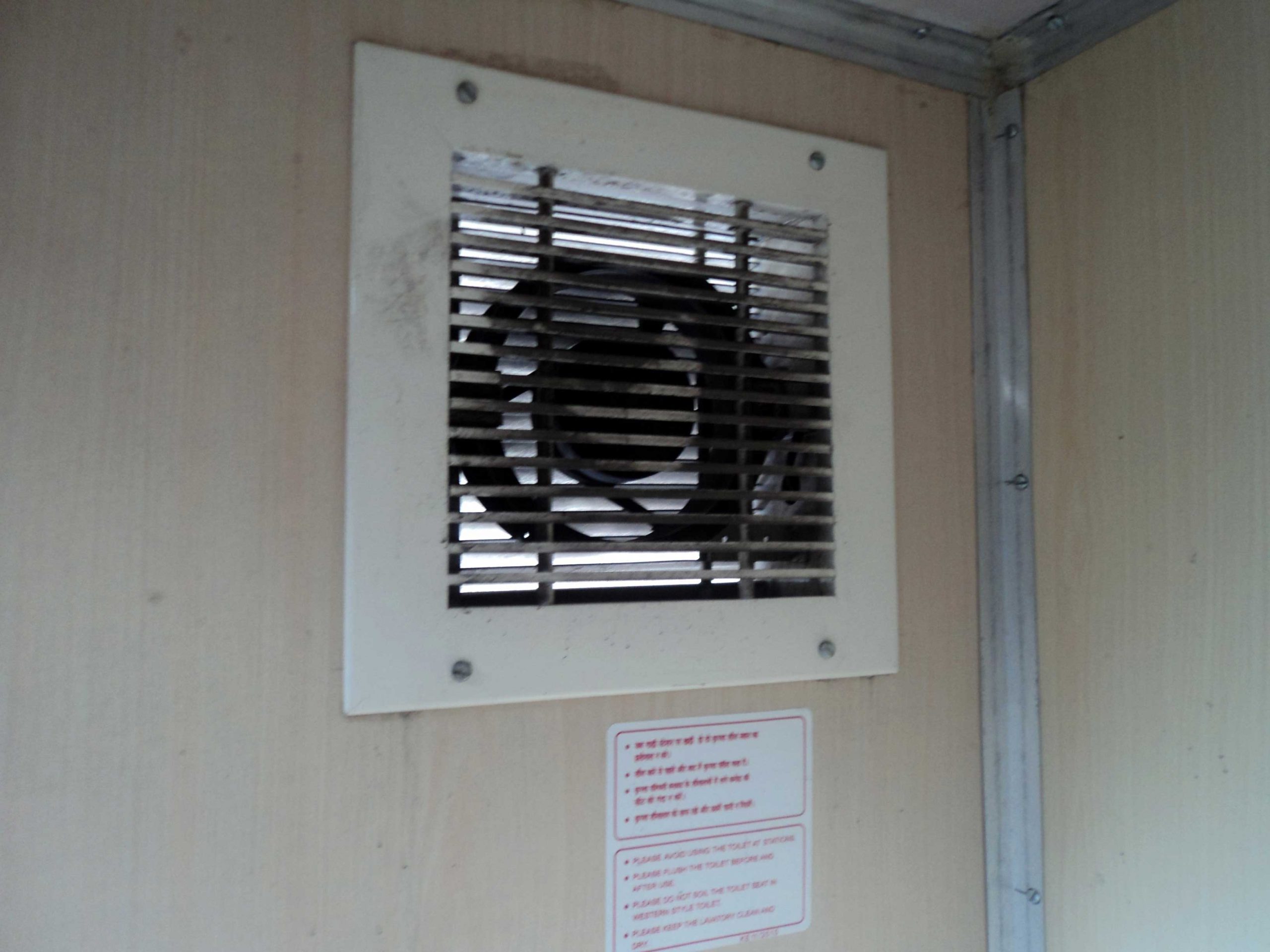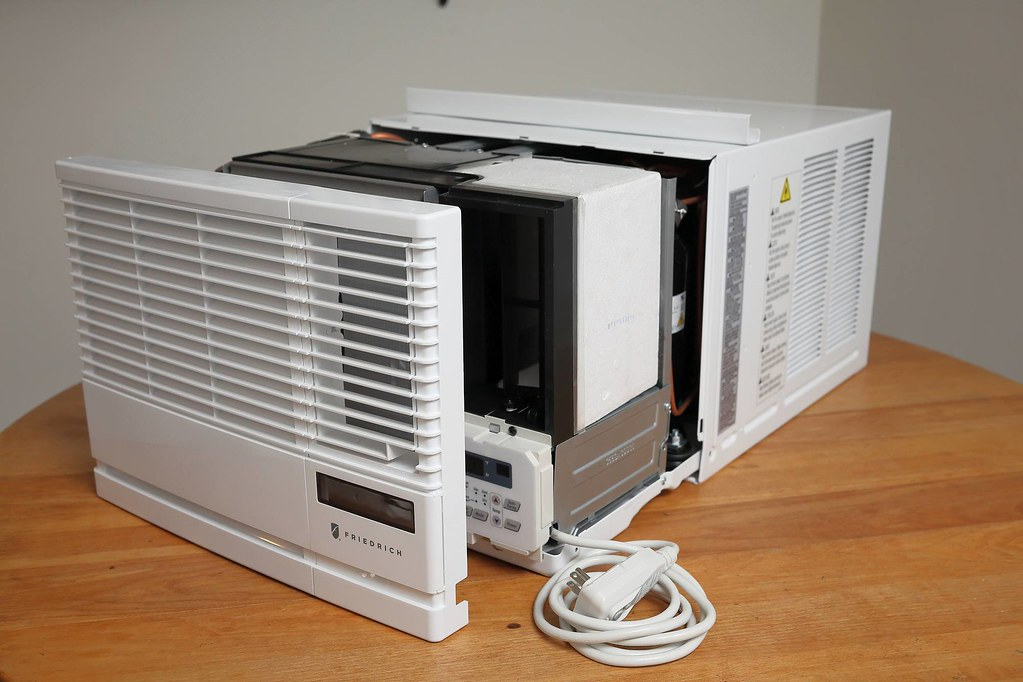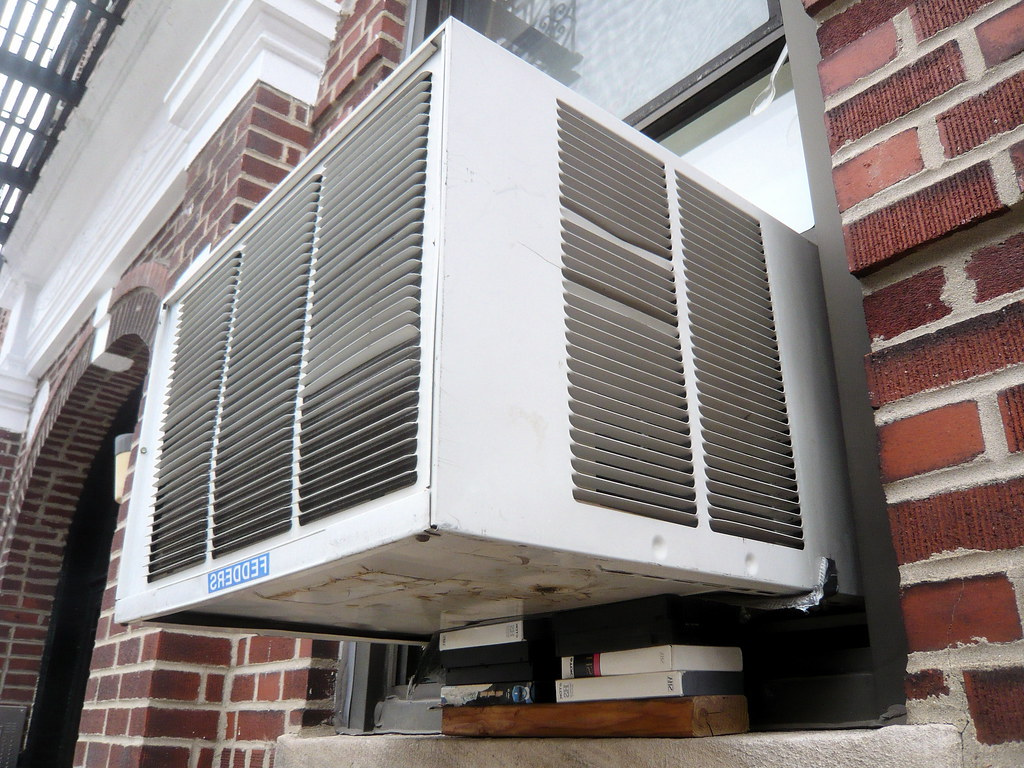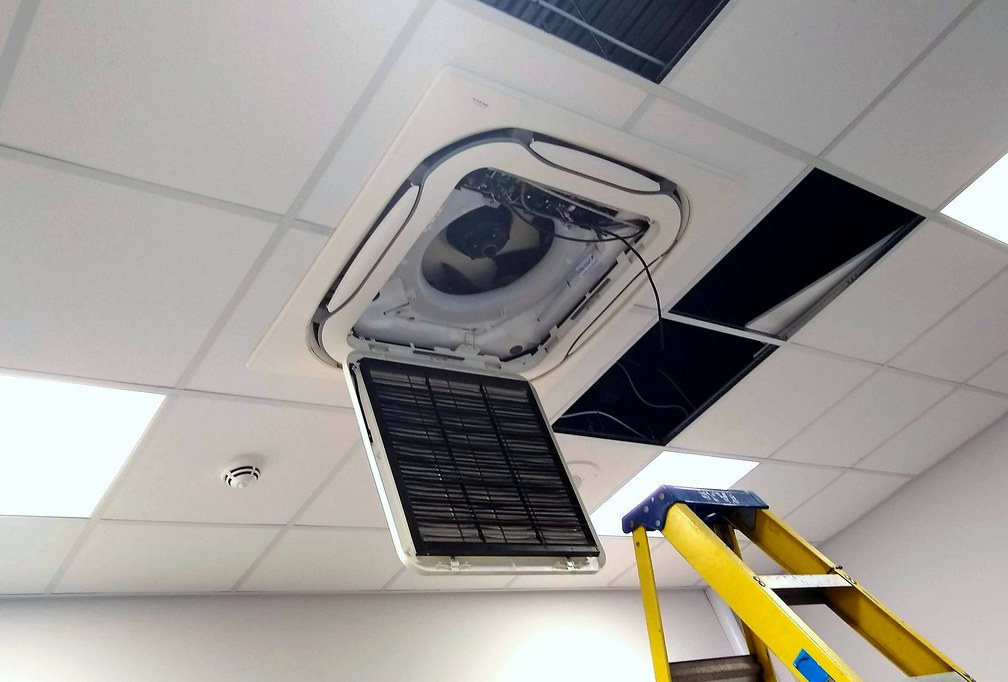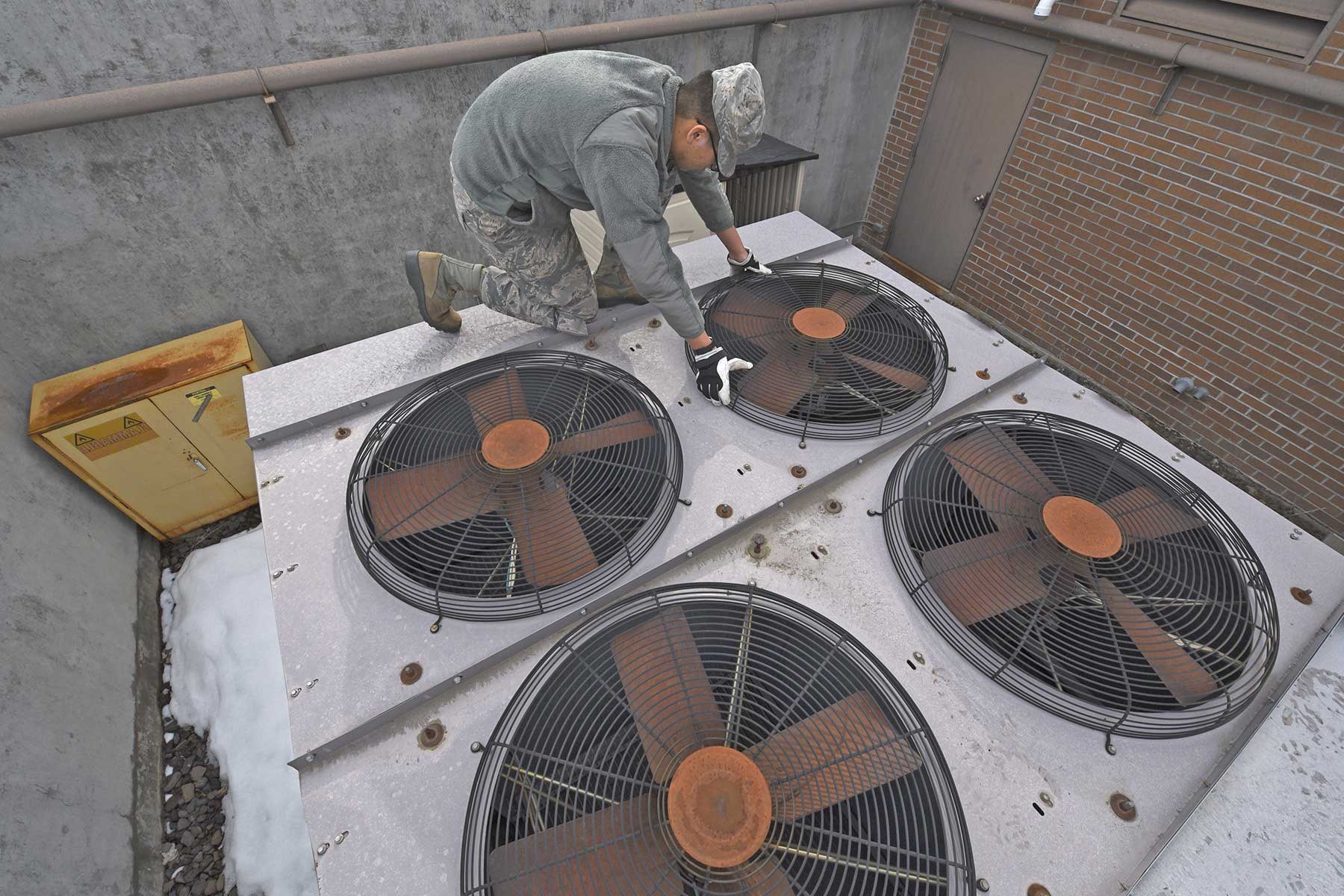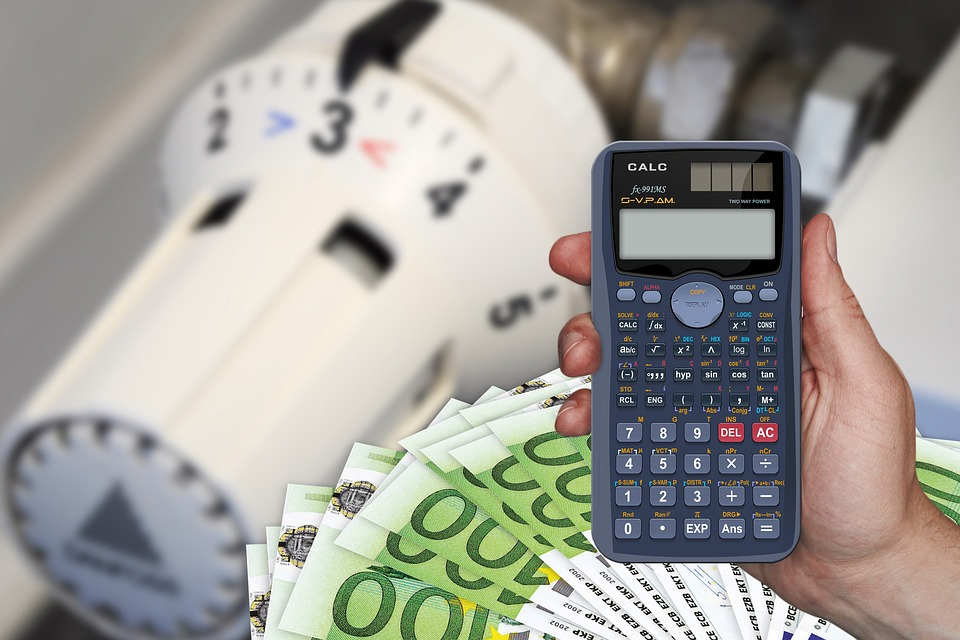Using Air Conditioner Or Fan As Air Circulation For Home, Which Is More Suitable For You? | Roy Home Design
2 Types Of Air Circulation And The Differences Between Them
There are two types of electrical devices for indoor air circulation. The first type is a fan and the second type is the air conditioner (AC).
-
Fan
The use of a fan as heat and stuffy reduction in the house is an economical, inexpensive, and practical solution. The how is fan works is quite simple, by rotating the propeller to produce wind that is blown into the room so the room becomes fresher.
By knowing the working system of the fan above, then the strength of the fan depends on two things, first is the power of the fan motor that functions to rotate the propeller and the second is the size of the propeller that serves to circulate air (air moving). Therefore, the bigger a propeller and fan motor, then stronger the wind blows.
Another component of the fan is a push-button or rotary switch to turn on and off the fan. Besides, some of the buttons or switches also function to control the propeller speed.
On the market, the fan is available in various models, brands, and sizes. Here is some type of fan that is commonly found on the market.
-
Ceiling Fan
This fan is installed hanging below the ceiling. The propeller size available between 30-150 cm. Because it has a large propeller size and its position on the ceiling, this fan is usually used for large and open space areas such as mosques, churches, halls, meeting rooms, and similar spaces. However, this ceiling fan can also be installed in residential houses such as living rooms, family rooms, or prayer rooms.
-
Automatic Fan
This fan is a type of fan that can rotate automatically left and right at a 180-degree. This fan can be mounted on a wall or hung on the ceiling. The size of the propeller is between 40-75 cm. As the ceiling fan, this fan is also usually placed in a large room because it has a relatively large propeller size.
-
Wall Fan
This fan is mounted on the wall. The shape is round and has a 30-50 cm diameter. Because it has a large size, this wall fan is also used in large rooms.
-
Portable Fan
The type of fan that can be moved easily because it has a relatively not too large size. Because the size is not too big, this portable fan is usually only used for spaces that are not too spacious, such as bedrooms. Portable fans can be divided into two, namely box fan and standing fan.
-
-
Box fan
-
A box fan is a portable fan in rectangular or square shape. This fan propeller has a length of 20-40 cm. This fan is also equipped with a louver.
-
-
Standing fan
-
A standing fan is a round or square fan that is standing by ‘legs’ with a height between 50-150 cm. This type of fan has a propeller with a diameter of 30-50 cm.
-
Exhaust Fan
An exhaust fan is a fan that has a different function from a regular fan. If regular fan only serves to exhale air, the exhaust fan is not just blowing the air, but it can also suck the air, both indoor or outdoor. The propeller diameter is between 30-40 cm. These exhaust fans are usually installed on the walls in smoking rooms or contain odor factors such as bathrooms, kitchens, engine rooms, and others.
See also: Two Story Window Treatments Ideas
-
Air Conditioner (AC)
AC is another type of artificial air circulation support. Functionally, air conditioners are more sophisticated than a fan because besides being able to bring fresh air in the room, air conditioners can also suck hot air in the room to be released to outdoors, and the main advantage of AC is its feature to release cold air in the room.
An artificial air system using air conditioning, which is designed for air conditioning, will be able to function to do the following:
- regulate and control the temperature,
- as room ventilation,
- creating air circulation in the room, and
- as filters and air purifiers.
-
Components Of Air Conditioner
Some important parts contained in the AC, among others
- compressor, a compressive suction pump to drain the cooling material
- evaporator, a vaporizer to absorb hot air
- condenser, a tool to remove the heat absorbed by the evaporator
- capillary pipe, a conduit pipe between the dryer and the evaporator so same level pressure is achieved
- thermostat, a compressor workflow regulator that works automatically.
-
Various Types Of Air Conditioners
There are several types of air conditioners based on its installation location and the evaporator and compressor location, especially those that can be used for residential dwelling, among others as follows.
-
Window air conditioner
A window air conditioner is a type of air conditioner with one package (compressor and evaporator are in one unit). The window air conditioner price is relatively cheap but has a fairly high noise level. The noise occurs because the compressor and evaporator are in one unit. So, when the compressor has started to break down, the noise will be heard louder.
This window AC capacity is available starting from 1/2 PK, 3/4 PK, up to 1 PK.
-
Split air conditioner
A split air conditioner has an indoor and outdoor unit. The indoor unit is an evaporator that functions to suck hot air in the room. This indoor unit is usually mounted on an indoor wall. While the outdoor unit serves to release the hot air. This outdoor unit is installed outside the house by using a triangular-shaped steel plate holder bolted on the wall. Those two units are interconnected by insulated copper pipes.
Split AC is a type of AC that is in great demand because the condenser unit is installed outside the house so it does not make noise inside the house. Split AC condenser unit can be installed (as an outdoor unit) with a maximum distance of 5-10 m from the indoor unit location.
The capacity of AC split available in the market quite varied, ranging from 1/2 PK, 3/4 PK, 1 PK, 2 PK, up to 3 PK.
-
AC Cassette
An AC cassette is almost identical to the split AC, which has an indoor unit and outdoor unit. The difference is that the indoor unit (evaporator) is installed at the ceiling so that the air is flowing from the top to the room evenly.
This AC cassette is quite expensive because it is equipped with a drain pump system, to drain wastewater without requiring gravity and inclination. Therefore, the wastewater can be channeled upward or parallel to the indoor unit. The capacity available for this AC cassette is between 2 PK-5 PK.
See also: Air Conditioners Maintenance And Services That You Should Know
Air Conditioner Maintenance, Inspection, And Repair
To make your air conditioner works well and making better energy-saving, some things must be considered as follows.
- Air conditioning should be protected from dust, rain, smoke, and keep away from direct
- To make energy-saving, don’t let the air from outside to get in your room too much.
- Clean the evaporator’s coil from the dust regularly.
Before repairing the air conditioning at home or the office, the damage must be known in advance. This damage should be analyzed first before you fix them. Typically, air conditioners have four types of problems that often occur, that is.
-
Air conditioning can not work at all
- Check the electrical flow to the compressor. If there is no electrical voltage, the damage is not on the compressor but the power source.
- If the power source is on, possible damage occurs in the component or its start mechanism.
-
AC is working but rather not cold
- Clean the dust on the evaporator pipe or condenser. The dust can block the heat transfer.
- Check the fan’s condition. The possibility of damage can be from the fan motor or the current to the fan motor is cut off.
- Check for pipe leaks that can cause the freon gas to run out.
-
AC is working but the room air is too cold
- Check the thermostat sensor location, whether it is in the correct position or not. Also, check whether the thermostat is broken or not.
- Remove dust from refrigerant pipes and thermostats.
-
AC is working but the noise comes out
- Check the AC stand.
- Check for loose compressor bolts or loose/worn compressor belts.
- Check the bearings are worn or broken.
- Check the supply voltage. If the supply voltage is less, then the motor will be buzzing.
If the things above have been checked, but still not functioning then the AC must be repaired. The main things that need to be repaired from air conditioners, especially residential air conditioners are evaporators, condensers, AC power, and AC motors, which can be briefly described as follows.
- Evaporator. What causes frequent damage to this component is the water tank is dirty or leaking or might be the evaporator coil is dirty.
- Noteworthy are the condenser coil, the fan, and the condenser condition itself.
- Electrical system. What often happens to this device is the relay contacts, contactors, or motor terminals.
- There are two main things you need to check, first on mechanical components or electrical components. Usually, bearing or belt is a mechanical component that often broken. While the damage of electrical components cannot be seen using a naked-eye. If the motor cannot work, it means your air conditioner suffered damage.
AC Energy Saving Tips
- Don’t be fooled by the low price because it might be high energy usage.
- When buying an air conditioner, pay attention to its power rate and the EER level (Energy Efficiency Ratio) that is usually printed on the package or AC’s manual book.
- Adjust the AC capacity with the room size. If the air conditioning capacity exceeds the standard, energy waste will occur. However, if the AC capacity is less than its standard, then the AC performance becomes heavy and the air conditioning will be easily damaged.
- Do not open the door/window too often. If too much outside air enters the room, it will make more air conditioning energy needed, make the air conditioner work heavy, and can shorten the lifetime of the AC.
- Reduce the direct sunlight enters the room. The use of blinds/curtains or film coating on the window glass to reduce the risk air conditioning damaged due to often exposed to direct sunlight.
- Frequently check and clean the evaporator, condenser, and thermostat coils. If these components are damaged, they should be repaired or replaced immediately.
See also: How to Build a Secure Roof Design Construction for Houses
So, if you’d like to get the incredible graphics related to Using Air Conditioner Or Fan As Air Circulation For Home, Which Is More Suitable For You?, click save icon to store these pictures to your laptop. They are all set for download, if you like and want to get it, just click save logo in the article, and it will be instantly saved in your laptop.
Here you are at royhomedesign.com, content above Using Air Conditioner Or Fan As Air Circulation For Home, Which Is More Suitable For You? published. Many people attempting to find information about Air Circulation For Home and of course one of them is you, is not it?

